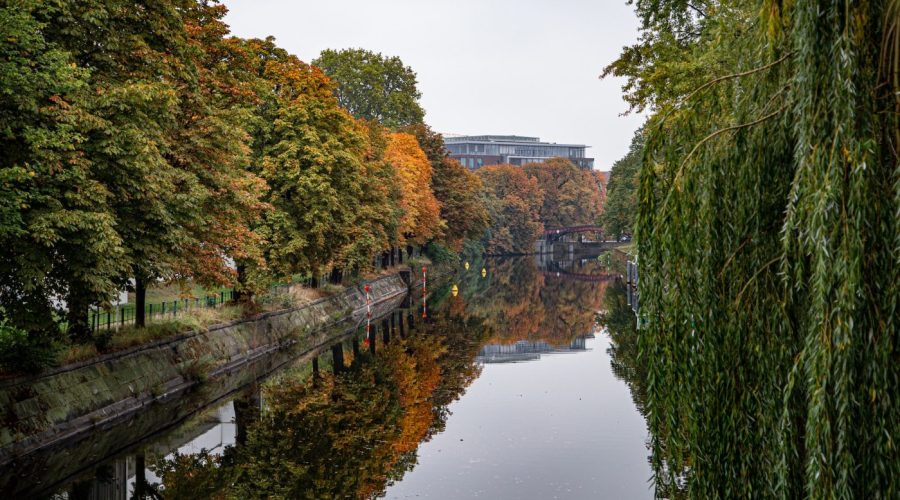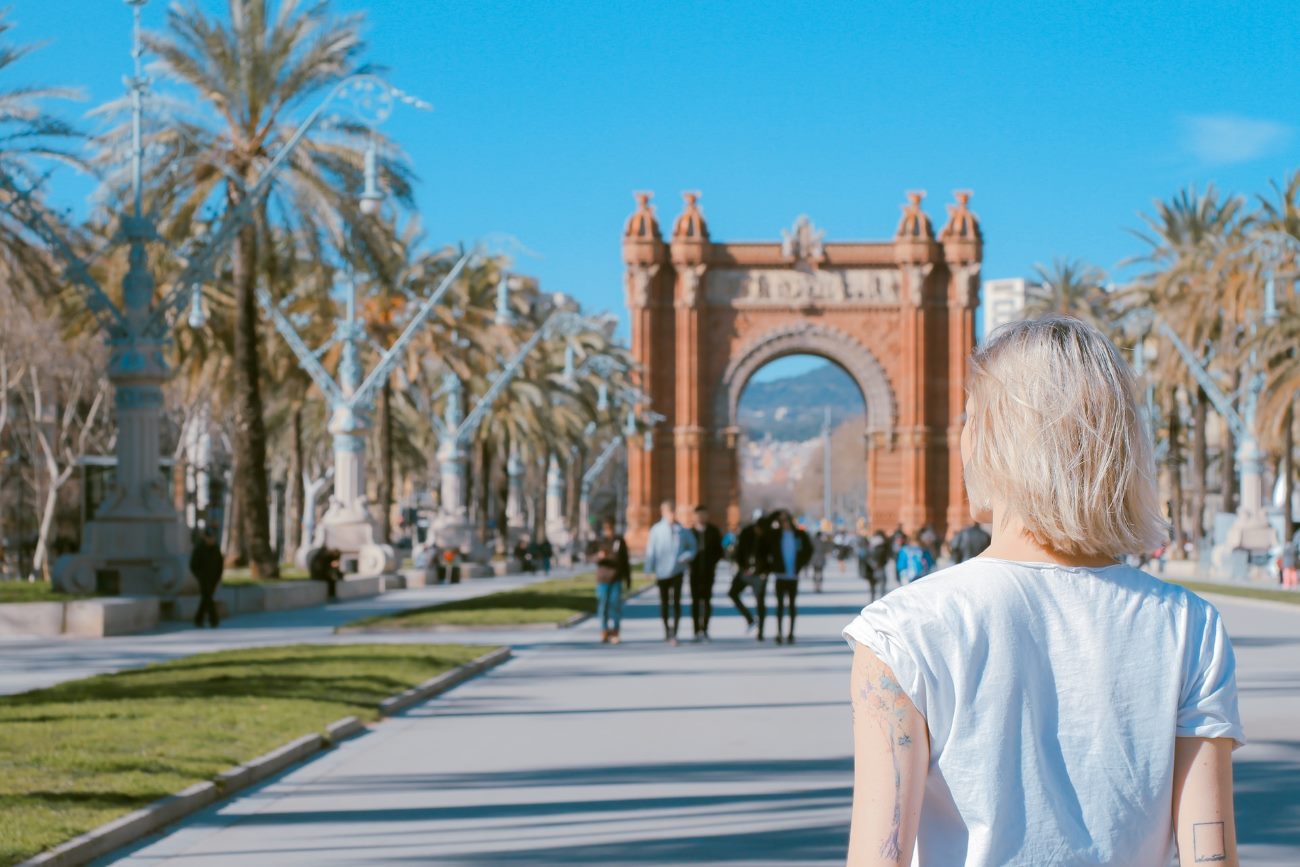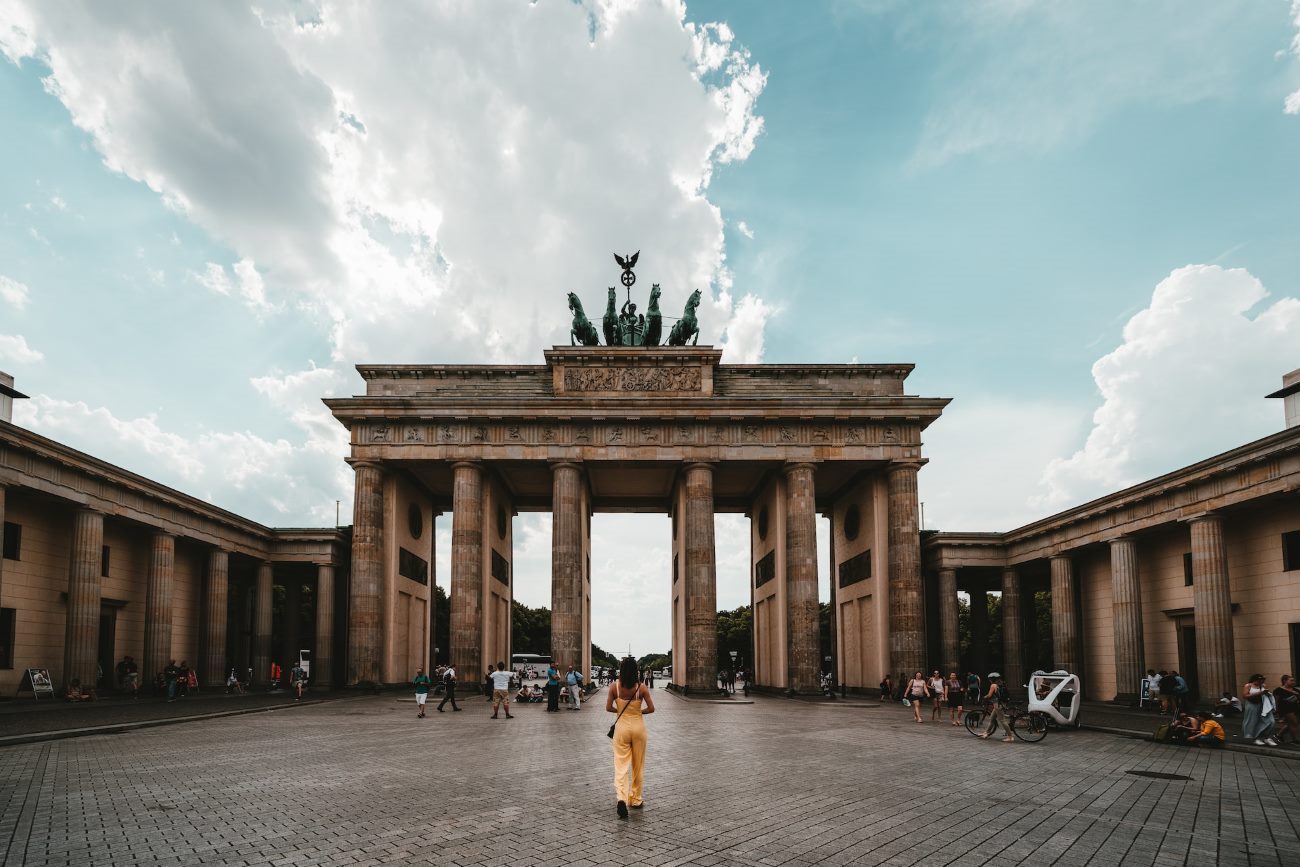What are the Best Routes for Exploring Berlin on Foot?
Berlin, the pulsating capital of Germany, offers you plenty of historical treasures, surprising architecture, and a populating cultural area. One of the best ways to feel the authentic flavor of the city is walking through it. With a thought-out walking tour, from the city’s history to the present day, you can get into the city, and unearthing hidden treasures here and there. In the article, we will share some of the best walking routes in Berlin to help you to get the most of your trip.
1. Historical Walk: From Brandenburg Gate to Checkpoint Charlie
Begin your journey at the very iconic Brandenburg Gate, a representation of the city’s unity and past. From there, stroll through the historic Unter den Linden boulevard onto which rise grand structures and such sites as the Berlin State Opera and Humboldt University.
Go on to the Berlin Cathedral located on Museum Island and try out its beauty and the sight of nearby museum. Along the way, you will reach Checkpoint Charlie, a major Cold War checkpoint in addition to an interesting piece of history.
2. Art and Culture Tour: Exploring Museum Island and the East Side Gallery
Museum Island is a UNESCO World Heritage site and certainly one for art and history buffs. Start at the Altes Museum which houses the vast collection of antiquities and then proceed to the Neues Museum where lies the iconic bust of Queen Nefertiti.
Following an insight into art and history, enjoy a relaxing stroll to the East Side Gallery along the Spree. This outdoor art gallery comprises conserved parts of the Berlin Wall painted in rainbow colours with each segment telling a distinct story. Ideal spot to take picture and admire the city’s history.
3. Tiergarten and Viktoriapark – Discovering Urban Parks
Leave the city behind and experience two lovely green oases: Tiergarten and Vikortiapark.
Tiergarten, standing in the middle of Berlin is expansive and beautiful park with the well-maintained walking pathways and even least visited yet fascinating beer garden. Stroll through the stunning gardens, statues and well-known landmarks such as the so called Victory Column while taking it easy.
Viktoriapark, located in the Kreuzberg’s district, offers wonderful views to the city from its top of the hill. Walk up to the top of the park and reach the Nationaldenkmal, a monument in remembrance of the Prussian triumphs over Napoleon. Enjoy stunning panoramic views over the city before heading down and discovering the hip district of Kreuzberg.
4. Food and Market Tour: From Alexanderplatz to Hackescher Markt
Take a culinary journey beginning from the business directory Alexanderplatz. Visit the monuments of architecture and landmarks before you head off to Hackescher Markt.
When strolling through the streets, visit lively Hackescher Markt for its lively atmosphere as well as diversity in food. Try street food at the places, visit the german food market or dinner at one of the foreign restaurants.
5. Side Tracks: Prenzluer Berg and Friedrichshain
Wish to feel Berlin’s alternate side? Hit the tourist seats in neighborhoods Prenzlauer Berg, and also Friedrichshain.
Walk around Prenzlauer Berg and take in the district’s charming cafes and preserved architecture. Don’t miss Mauerpark which has a legendary hold for Sunday markets and after dark karaoke sessions.
Friedrichshain has a thriving street art scene, plenty of independent shops, bars, clubs and much more. Walk along the legendary East Side Gallery and sample the most colorful mural art that covers the rest of the Berlin Wall.
Conclusion
Walking around Berlin is a wonderful experience that enables you to become engaged with the city from a historical, cultural and figurative perspective. Whether it’s history, art, parks and nature, food or streets you won’t have seen before there are these walking routes to ensure you make the most of your visit.
Remember to consider with comfortable shoes, bring you a map with you and allow yourself to get lost in the streets of the city. Each corner of Berlin is full of a story to be told.
Table of Contents



